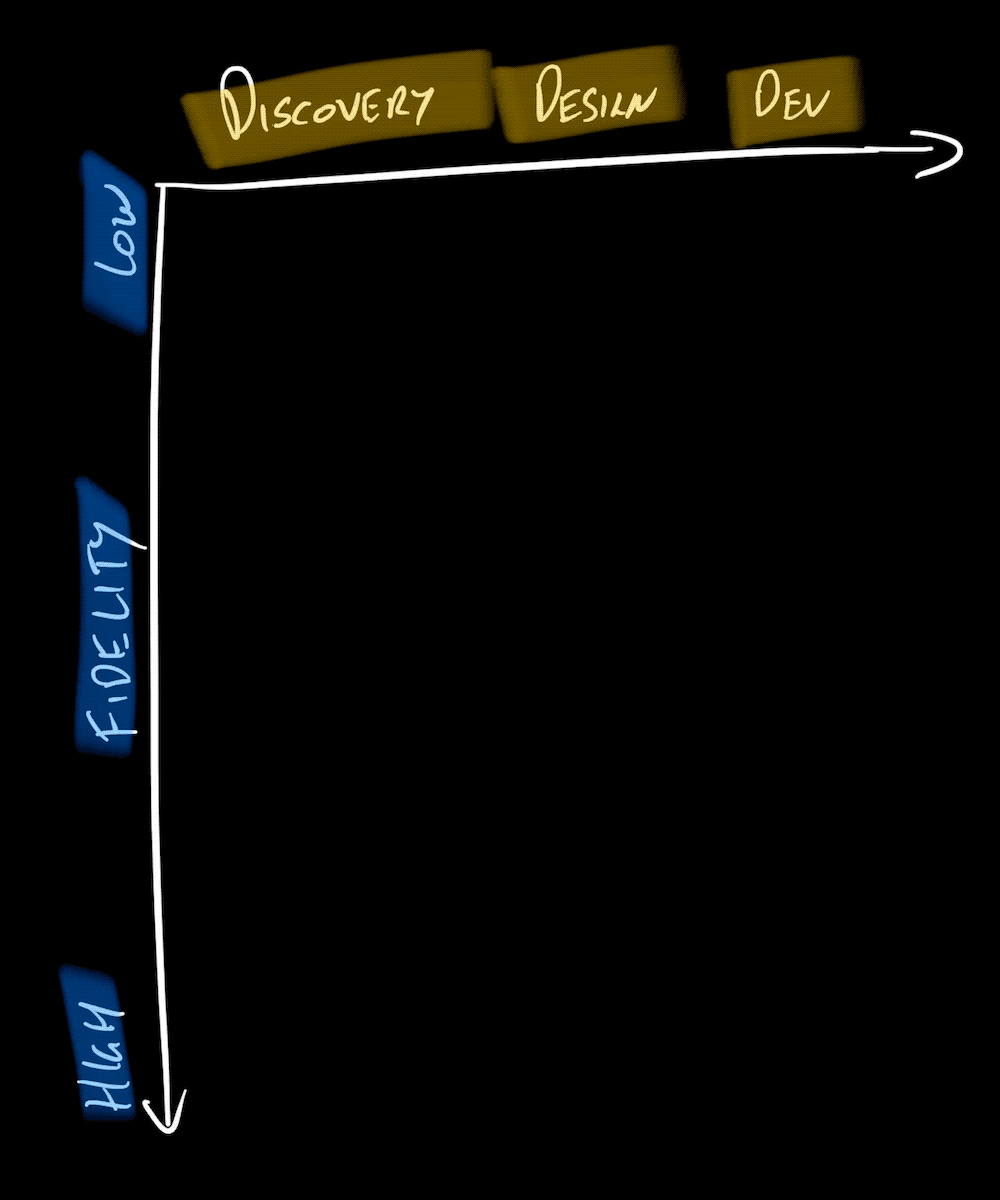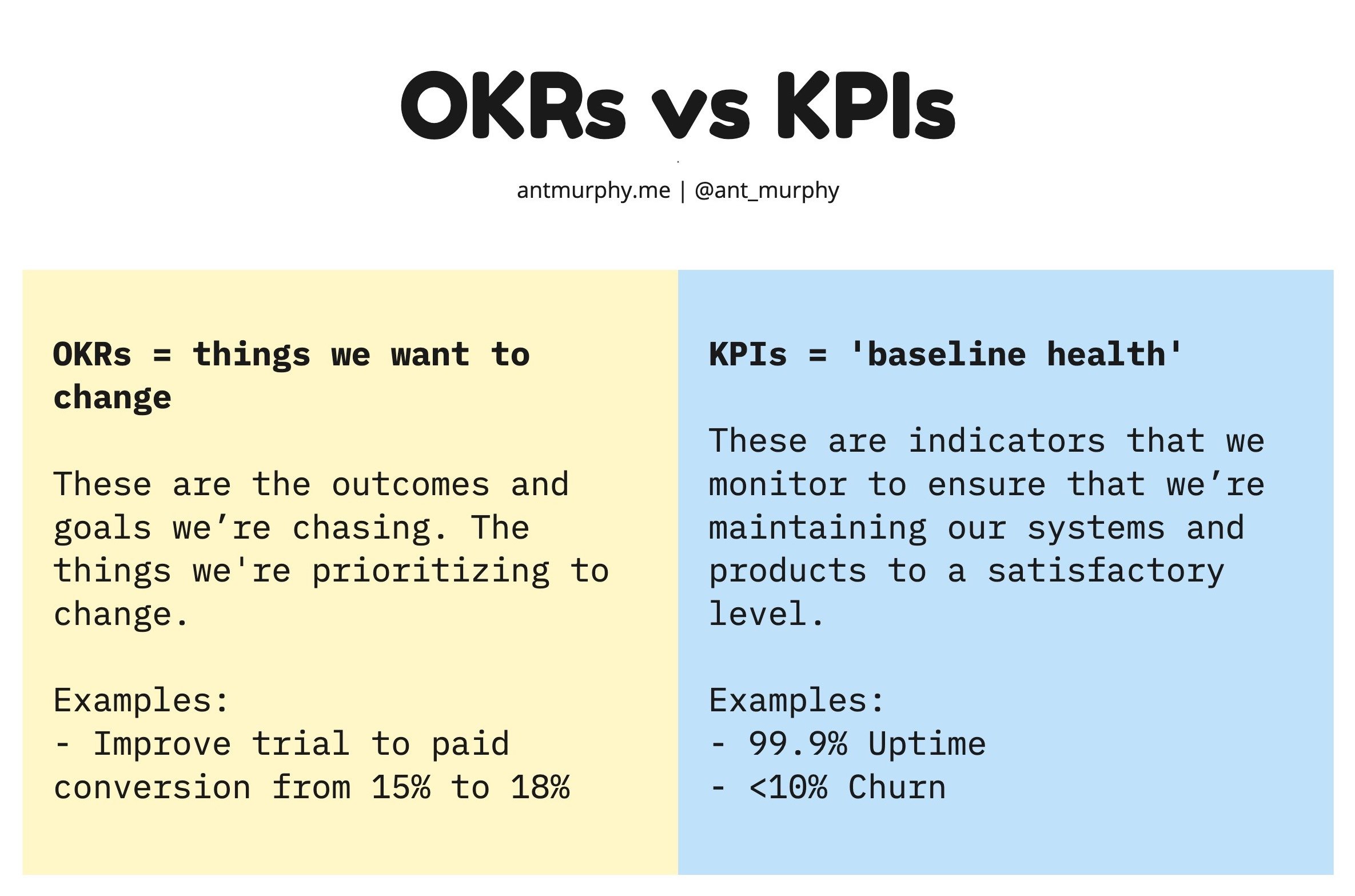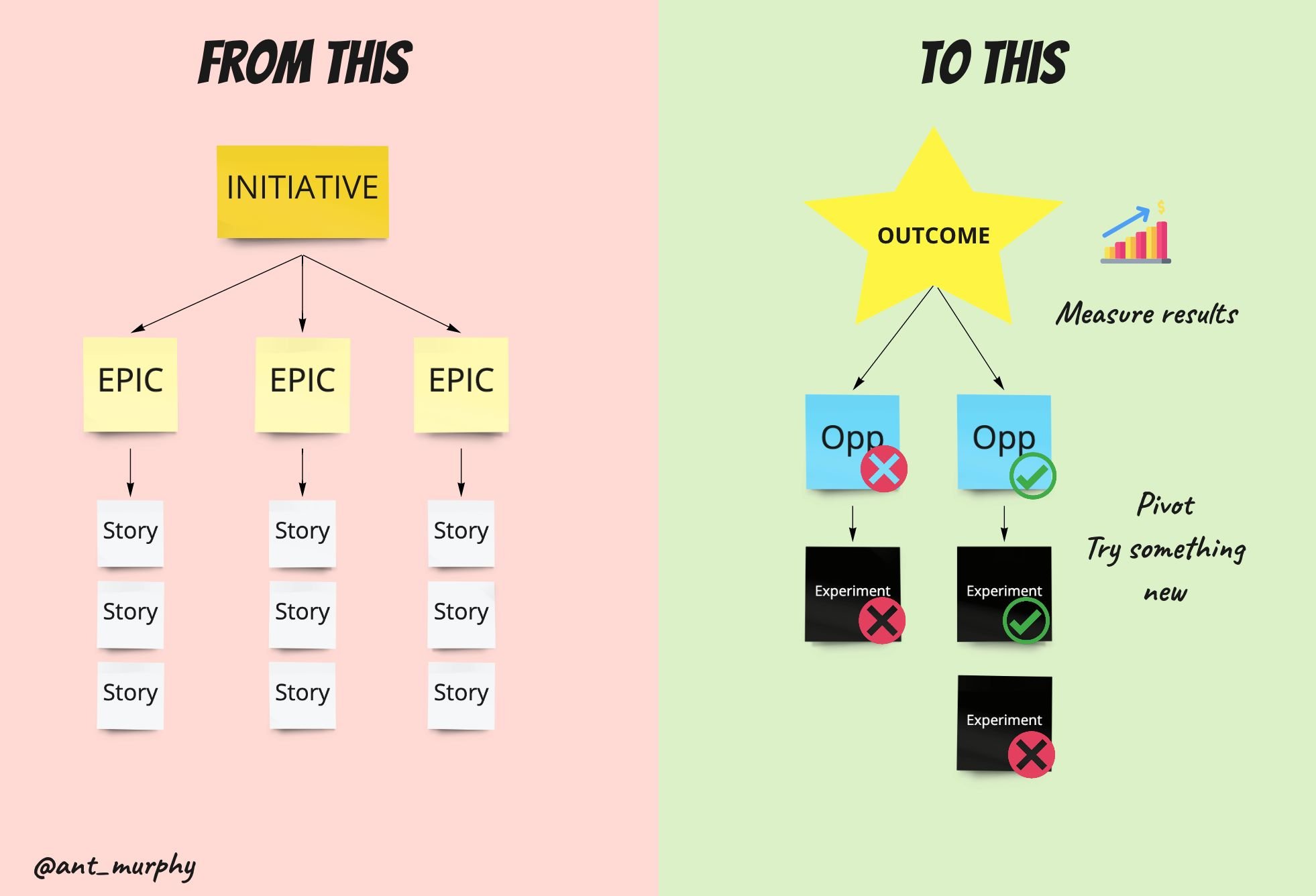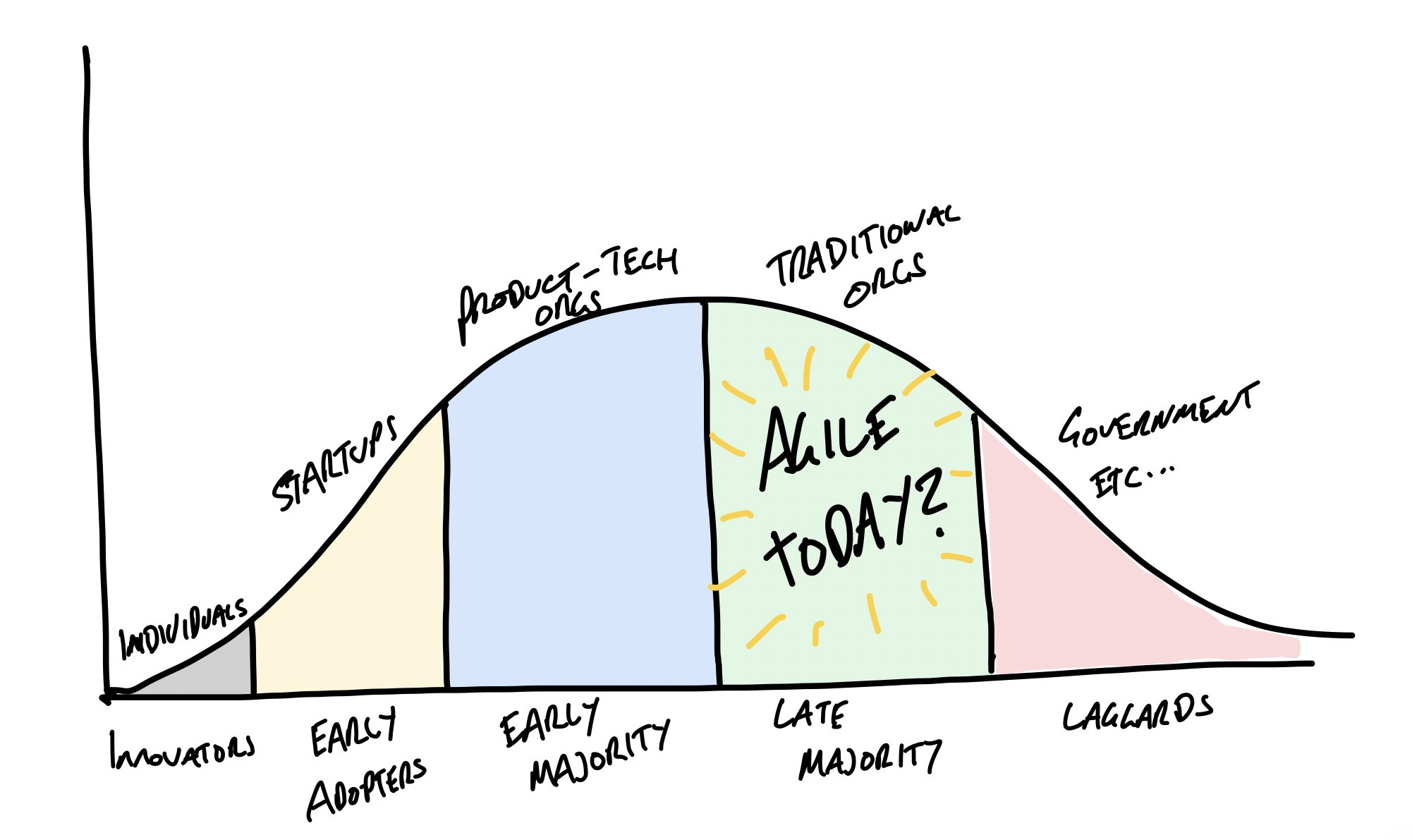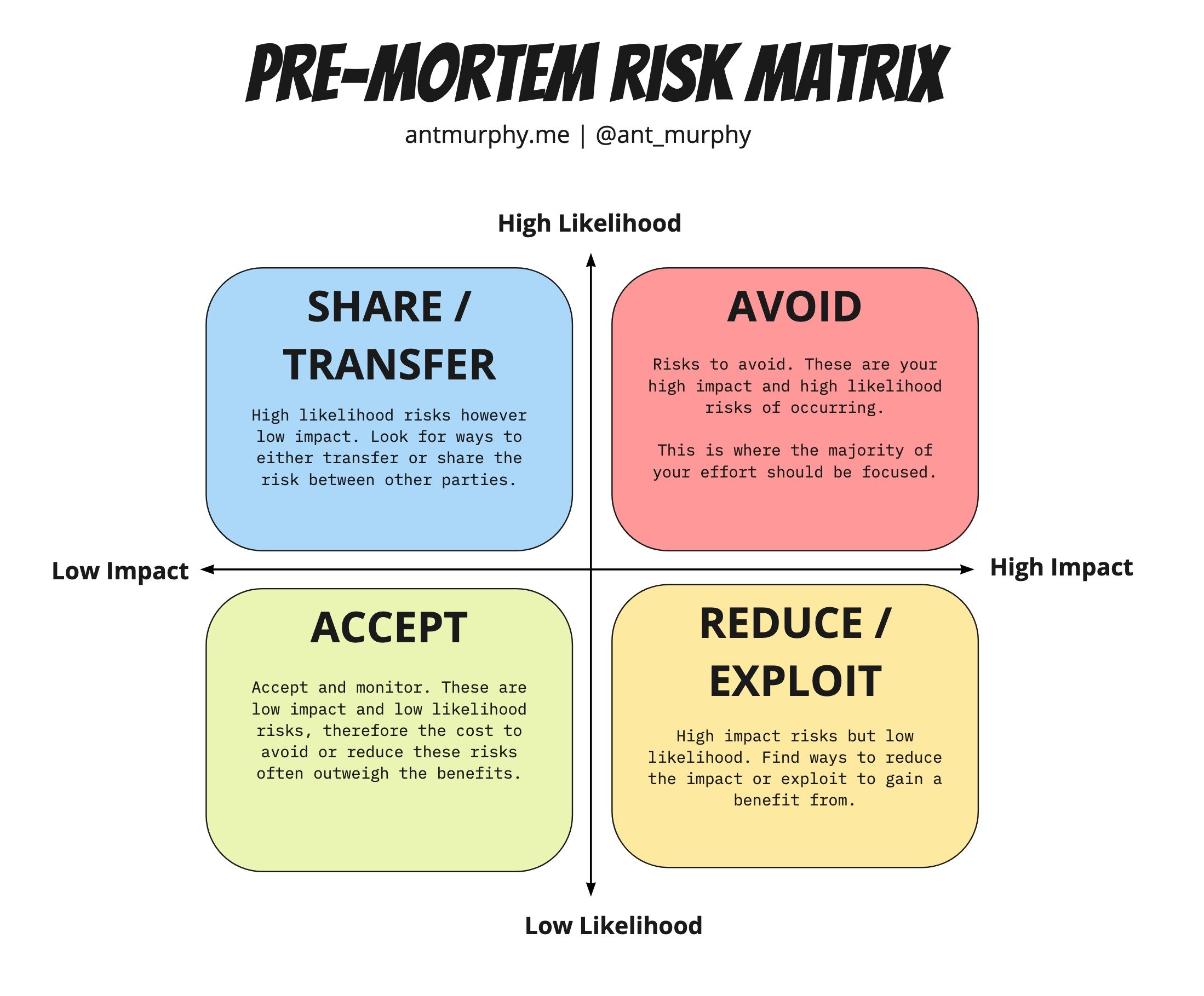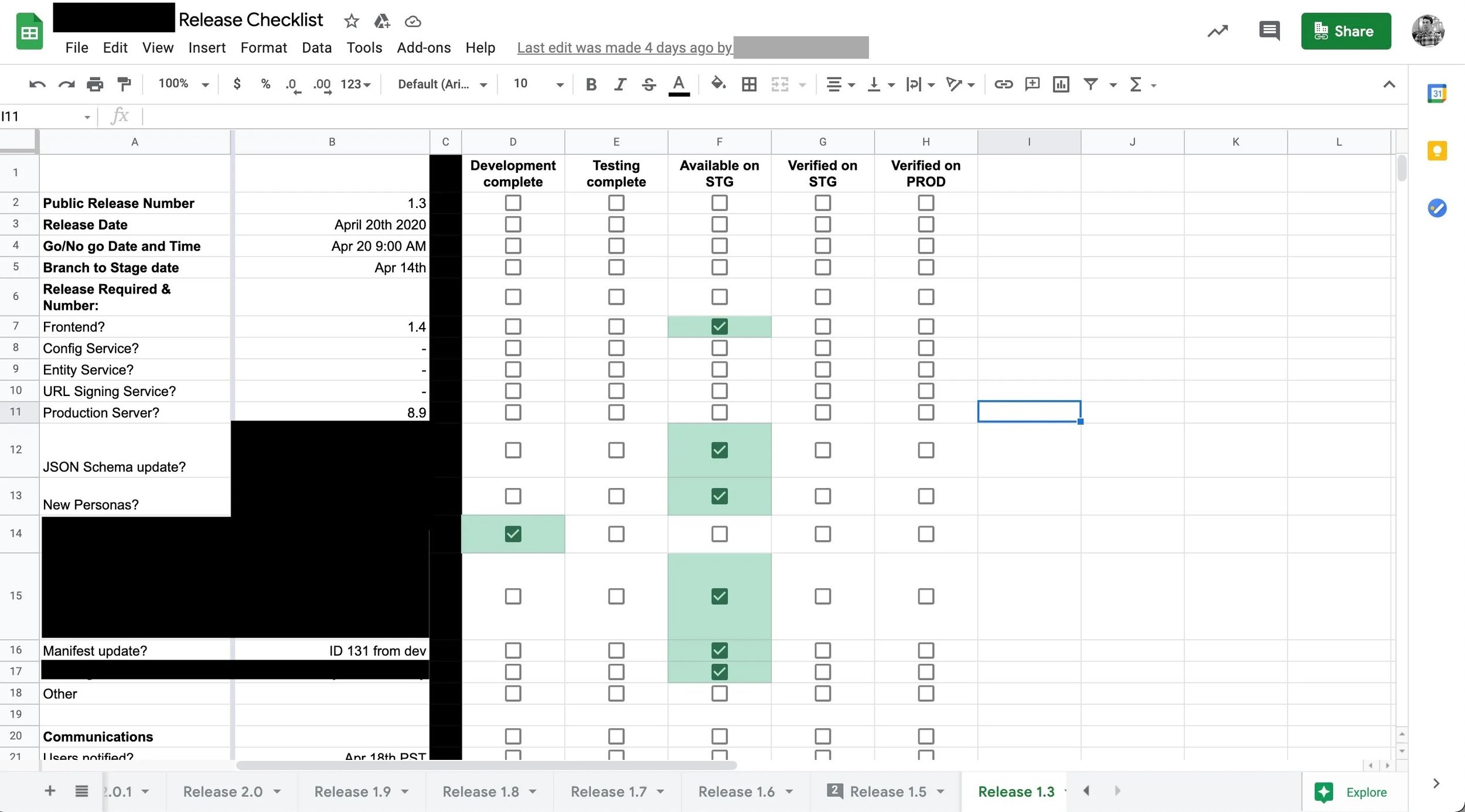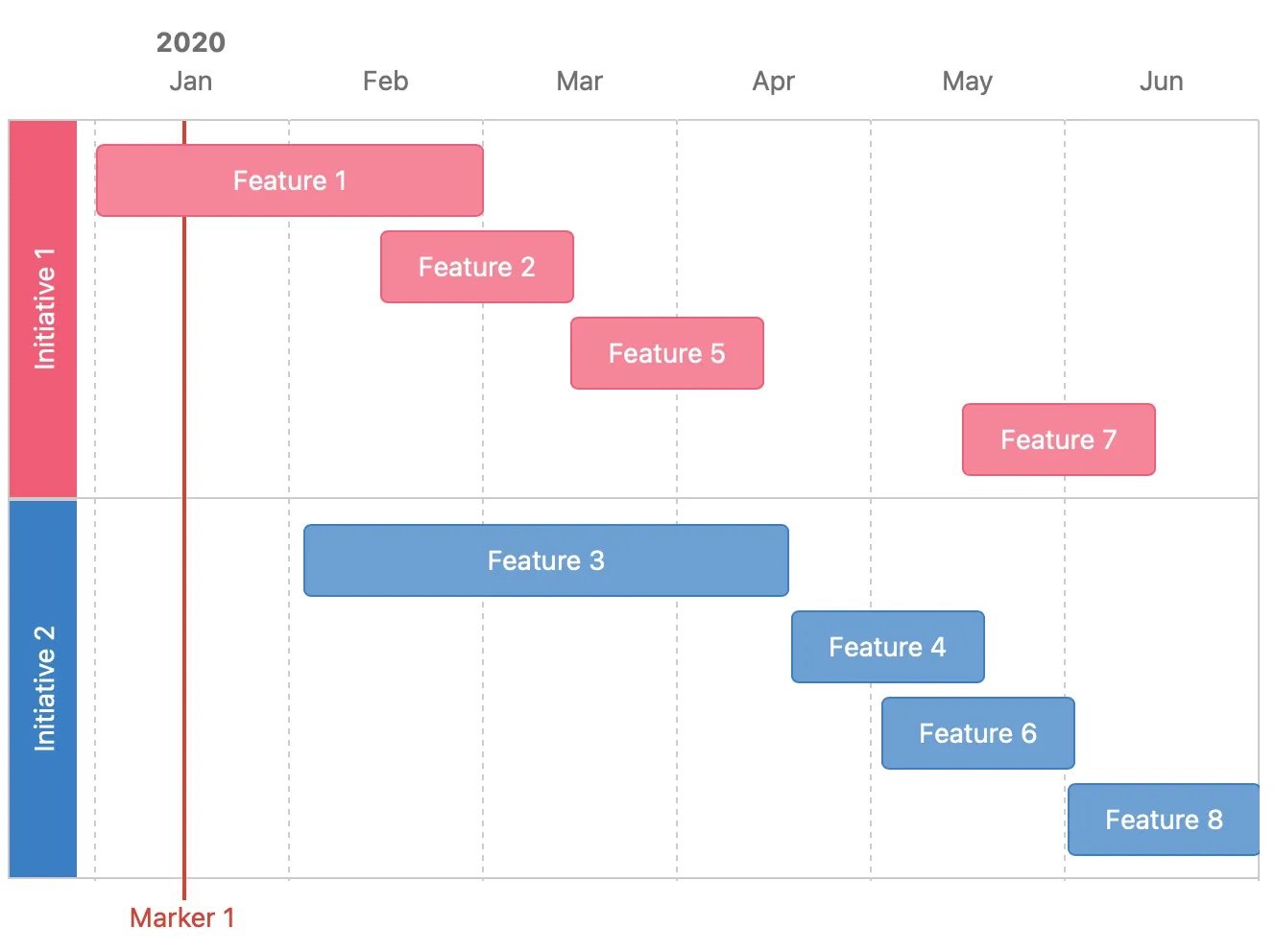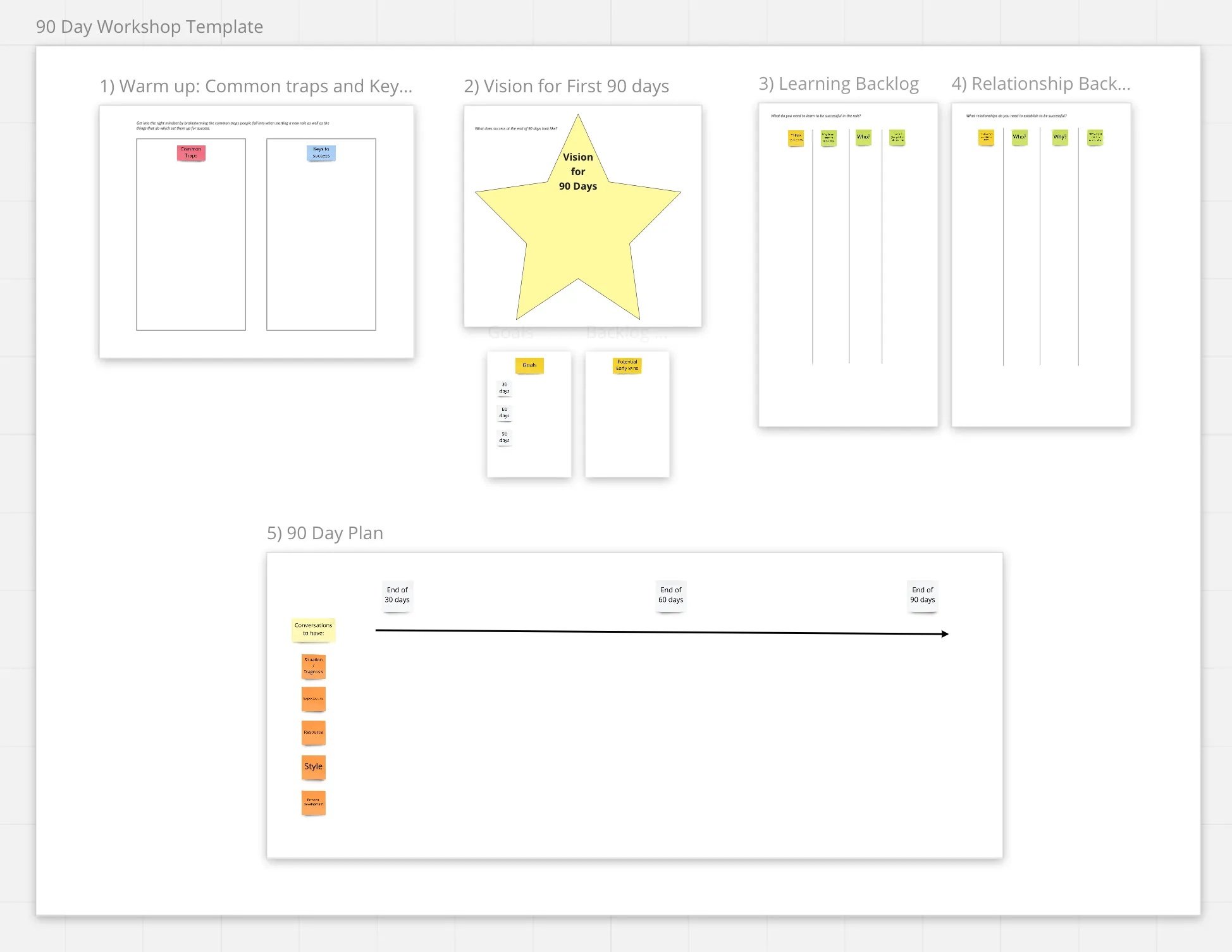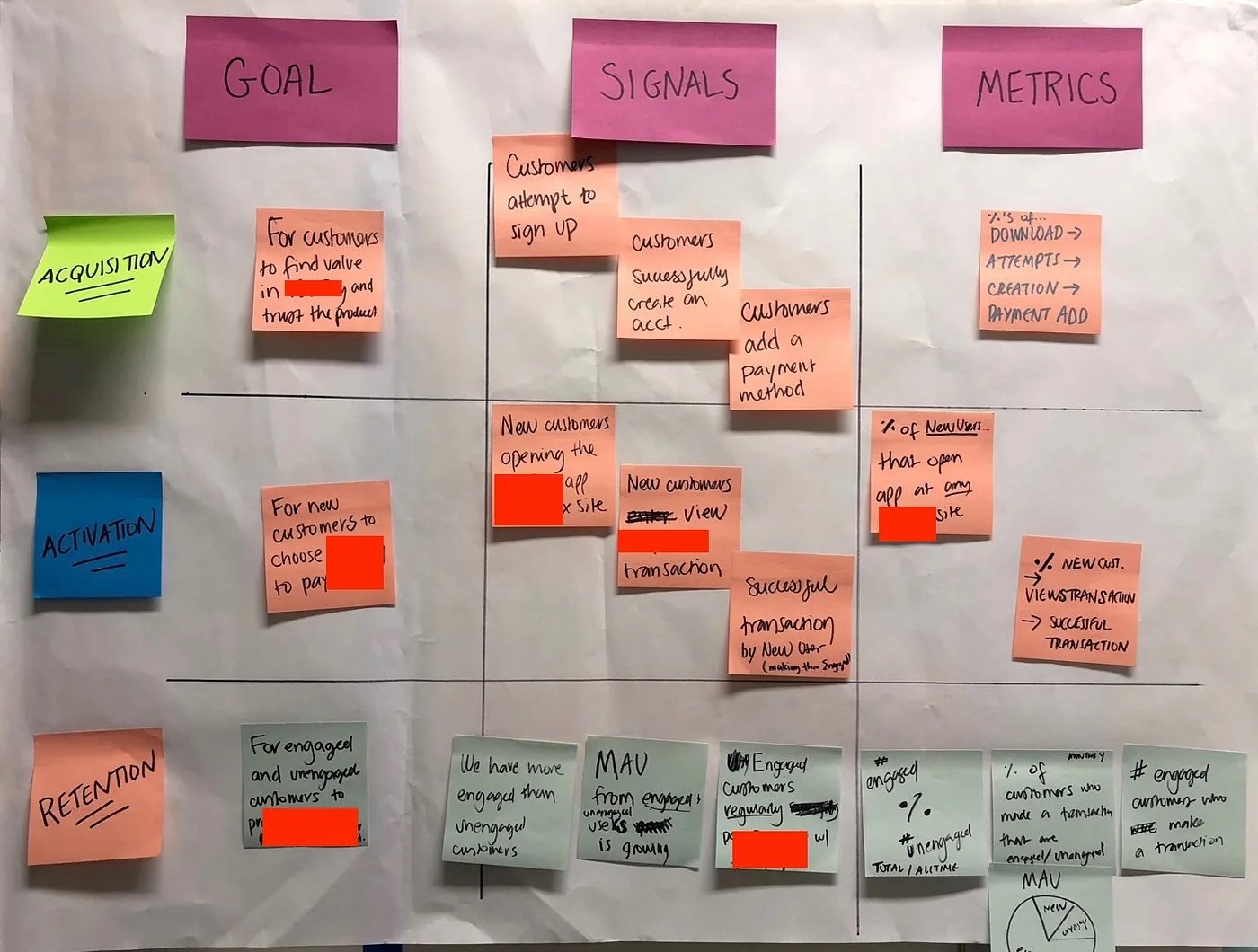Helping founders and product people grow their business and craft.
Subscribe to ‘The PBL Newsletter’ for regular posts on Product, Business and Leadership.
Read previous posts of ‘The PBL Newsletter’
The Messy Nature of Product Development
Building products is messy, uncertain, and non-linear. I’ve always found trying to explain this to someone who hasn’t experienced it difficult.
OKRs vs KPIs: What’s the Difference?
KPIs = measures of health. OKRs = things we want to change.
“Leadership is Language”
The words we use matter. As the old adage goes: "'Watch your thoughts, as they become your words; watch your words, as they become your actions."
Ditch Epics & User Stories and Focus on Outcomes
When I've helped organisations become more outcome/product orientated, more often than not, I've moved them away from 'epics' and 'user stories' and towards things like one-pagers, opportunities, hypotheses, etc. Why? Because they’re are better tools for facilitating outcome thinking and experimentation.
4 Types of ‘Moats’ to Make Your Product/Business Bulletproof!
You might have heard of them. Often attributed to Warren Buffett, who is believed to have coined the term 'moat'. A moat is the ability for a product or company to maintain a competitive advantage and fend off competition to maintain profitability into the future.
6 Key Enablers for Agile from the Book "Team of Teams“
The first rule of scaling agile is DON’T. Instead, descale the work and organisation instead. But how? you ask. One of the best books on building an agile organisation is not about agile at all. Instead, it’s a story about building an adaptive and responsive organisation. Free from jargon, buzzwords and trying to shove the latest ‘model’ or methodology down your throat.
The Rise of Product-led Transformations
In 2019 an HBR article stated that of the $1.3 trillion spent on transformations, $900 billion was wasted. More interesting is that, Digital and Agile transformations alike are seldom seen in product-tech companies (e.g. Canva, Google, Amazon, etc). Moreover, one job search for ‘Scrum Master’ or ‘Agile Coach’ role, and you won’t find them at these companies either — why?
Acquisition vs Activation and How to Predict Churn
A deep dive into managing user states to reduce disengagement and churn.
How to Run a Pre-Mortem
Pre-Mortems are among the most underused tools in a Product Manager’s and team’s toolkit.
Unlike Post-Mortems, which most people are familiar with, rather than waiting until the end when everything has already gone wrong. A Pre-Mortem is done at the start of a project or item of work to mitigate against avoidable issues.
Strategy and Tactics are not mutually exclusive things
Did you know that the top-performing CEOs in Fortune 500 companies spend significantly more time thinking strategically and long-term?
If unbalanced, you often see a high-level strategy but nothing connecting it to the day-to-day work.
How to Find the Ideal Product Positioning with Perceptual Mapping
Perceptual Mapping is perhaps one of my favourite competitive analysis and Product Positioning tools. Product positioning as defining where your product fits in the market relative to its competitors as it is perceived by your customers.
The Optimization Problem (trap!)
The optimization problem is the problem of finding the best solution from all feasible solutions.
But what does the optimization problem look like in companies?
You don’t have a prioritisation problem, you have a strategy problem
I often find where places struggle with prioritization it’s not a ‘prioritization’ problem per se, but rather a strategy one.
Either their product or organization strategy is vague or missing. Or they’re misaligned creating friction between the product and organization goals.
What Product-Led Companies Look Like
Let’s start with what being Product-Led is not… It’s not: Product Management-led, Product Managers are the boss, Where product makes all the calls, Something that only engineering and product do…
The Release (Planning) Checklist 🚀
Early in my career as a Product Manager I soon found myself also being the release manager — having to organise and manage the release and tasks associated with it. This didn’t feel like the best use of my time.
How to Kickoff Product Discovery like a Pro
A step-by-step guide (with templates) to level up your Product Discovery. A common question I get when I coach Product Managers is, "I know what I want to do discovery on, but how do I get started?" Although there are many ways to start discovery, I have two tools that are my absolute go-to for kicking off and structuring Product Discovery.
7 Different Product Roadmap Formats
There are many different types of roadmaps and different formats that roadmaps can take.
Here are a few different shapes a Product Roadmap can take. I hope this gives you some inspiration and perhaps even makes you rethink your current roadmap format.
A Product Manager’s First 90 Days
Approach your first 90 days like a Product. I like to break the first 90 days down into essentially 3x 30 days sprints. Sprint 1 (0–30 days) = Discovery. Sprint 2 (30–60 days) = Quick wins. Sprint 3 (60–90 days) = Establishing trust.
Four Frameworks to Help You Define Product Metrics
You can find numerous articles out there that will rattle off a list of “essential e-commerce metrics” or “metrics for startup PMs” however the universal problem with these types of articles are that you end up tracking metrics without fully understanding why or how they interplay and impact your product.
Five Time Management Hacks to Get on Top of Your Day
Tips and tools I’ve learned to make time for the things that matter
